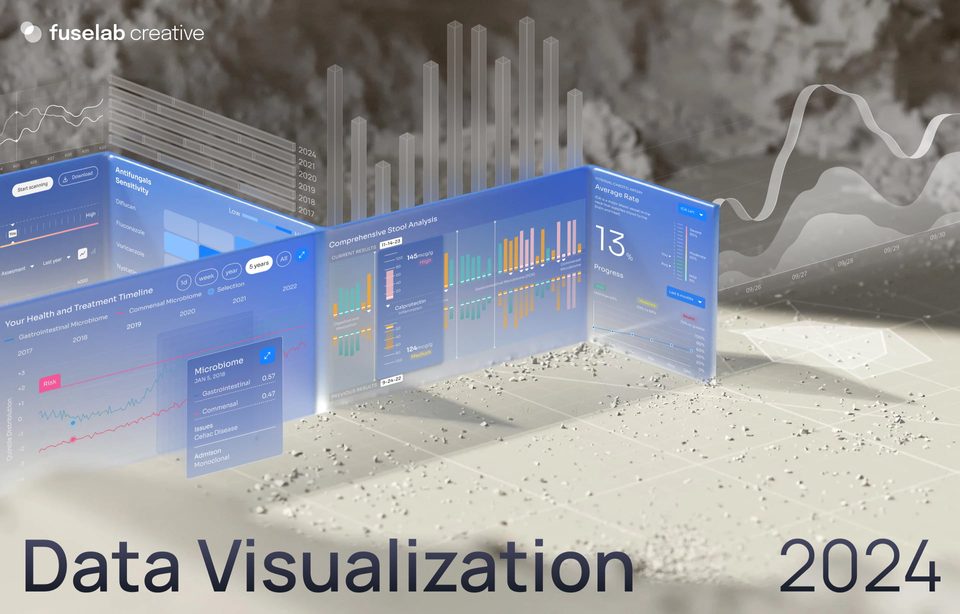User Research and Journey Maps Make Better Websites. Here’s Why.

There can be no doubt that user research is the most critical factor to successful web design. Customers judge a brand by their interactions with its channels and make judgments about products and services based on their experience.
This is particularly critical for those of us working in web design. Customer engagement specialist Thunderhead found that 25% of users would switch to a different provider after just one negative experience with the brand. The only way to avoid generating negative experiences in your web design is to get into your users’ heads, make predictions about their behavior and motivations, and then test those assumptions against real data.
This may seem self-evident – but far too many websites are designed without the necessary research into user behavior. The Society of Digital Agencies reported that 77% of agencies considered their clients’ websites to show a lack of user research and UX. In the words of Sarah Horton, author of Access by Design: A Guide to Universal Usability for Web Designers:
“Website design discussions often revolve around the preferences of the people in the room—a group that usually isn’t representative of the target audience. Design decisions that arise out of this type of internal discussion are unlikely to lead to websites that satisfy users and inspire those nice loyalty behaviors.”
So how can you make sure that your website gives your potential customers the great experience they demand? Before you get stuck into the design work, do your homework. Conduct thorough user research, and then use that research to build user personas and develop a user journey map for each of those personas.
To briefly unpack those terms, user personas are generalized fictional representations of your different target users. User personas take into consideration the needs, goals, and priorities of your users. Good personas must be based on real-world research into existing data, not internal theories or who you think your end-users are.
Defining useful and informative user personas is a good start. However, as Geordie Kaytes, a product strategist at Heroic, puts it:
“Turning first-time users into long-term customers requires an understanding of where users are coming from and what they want to do.”
That is where user journey maps come in. User journey maps are a visual representation of how a user interacts with your company, from start to finish. A web user journey map usually includes between 4 – 12 steps that document how a given web user might interact with the website you are designing. A good user journey map will also include information on what the user needs is at each point and the quality of the interaction.

1. User research and journey mapping shift your focus from internal to external.
To be effective, your website must be designed around the needs of your end-user, not based on the preferences of your design team. Jen Havice at ConversionXL comments:
“Mapping out [the users’] paths from the first interaction to the last will show if they are achieving their goals.”
2. Research-based journey maps improve your conversion rates.
That brings us to our second point in favor of well-researched user journey maps: to put it simply, they work. IBM’s research into UX design found that “every dollar invested in ease of use returns $10 to $100.” Good research upfront, coupled with journey mapping, is key to creating websites that are easy to use.
Moreover, it enables designers to create personalized experiences for each target user persona, which many experts see as the key to good UX consulting, especially when designing for mobile use.
Kaytes gives a great example of how user journey maps helped Airtable, a database tool, improve their website. When they mapped out the user journey, Airtable found that users could get stuck when they headed to the pricing page. It was hard to decide between different price points. Identifying this issue led the Airtable web team to add a simple message highlighting the potential savings from choosing one pricing plan over another – thus leading to a significant boost in web conversion rates.
But even better than fixing web issues like this – applying user research and carefully analyzing user journey maps early in the web design process enables you to identify issues before they even make it onto your website. This makes good business sense – fixing errors after they’ve been made is up to 100 x more expensive than just not making them in the first place.

If you want a website that attracts leads, converts them into clients, and then retains those clients, use our CRO services. Make sure that your web design team is basing their design decisions on user research. Otherwise, you risk spending a significant marketing budget on a website that looks great but ultimately drives away business.

Browse more

Data Visualization Trends 2024
